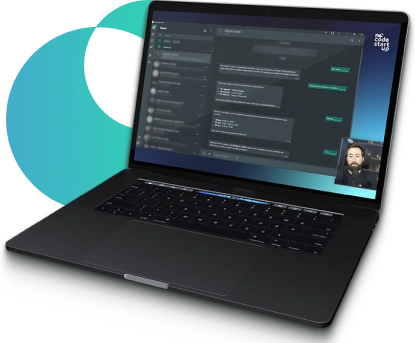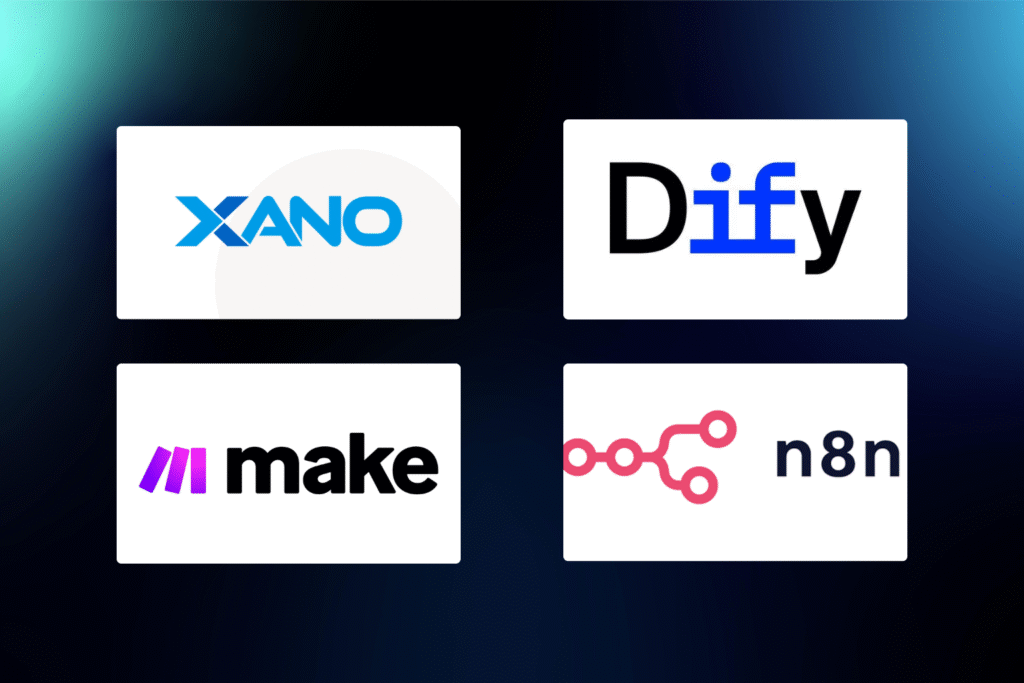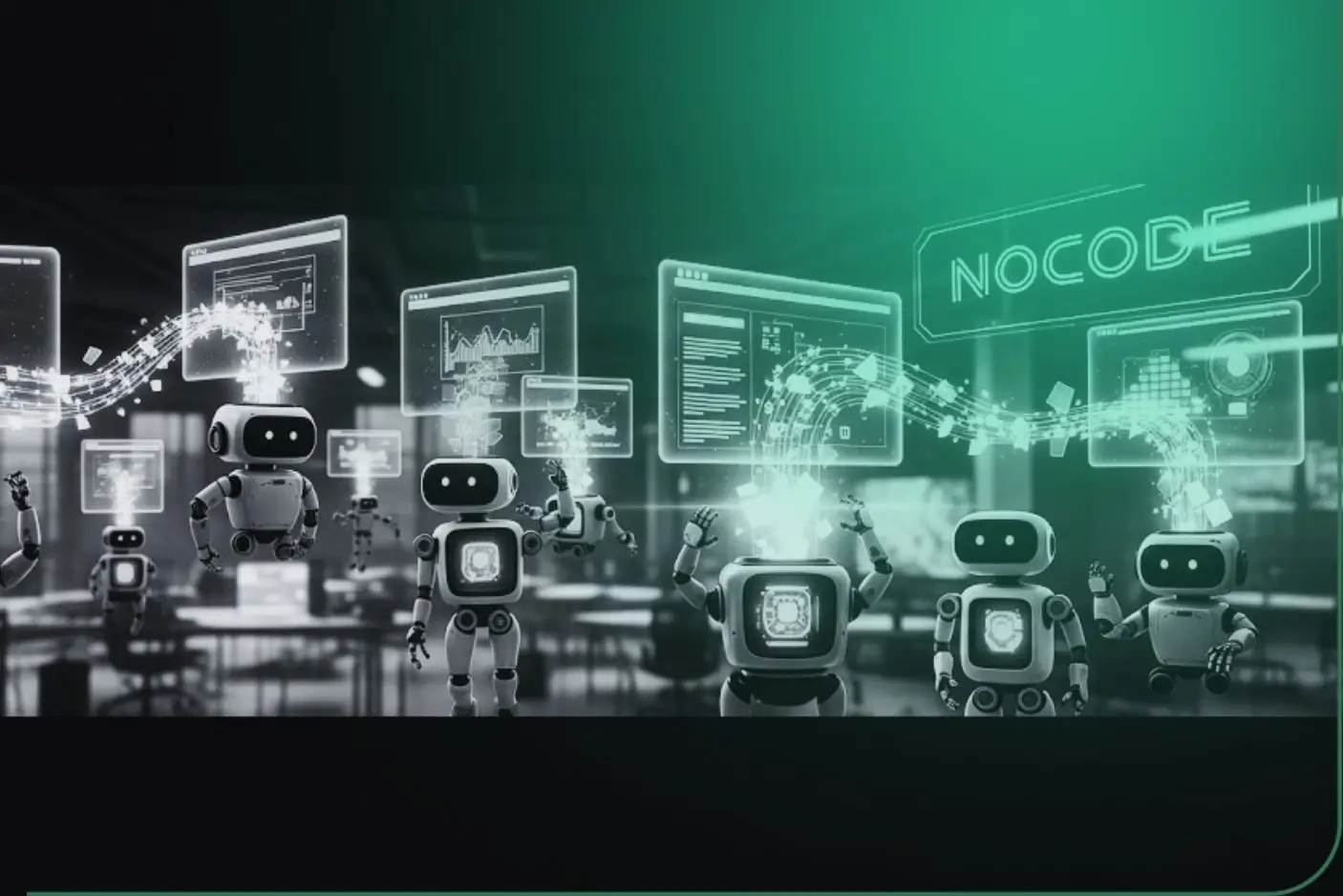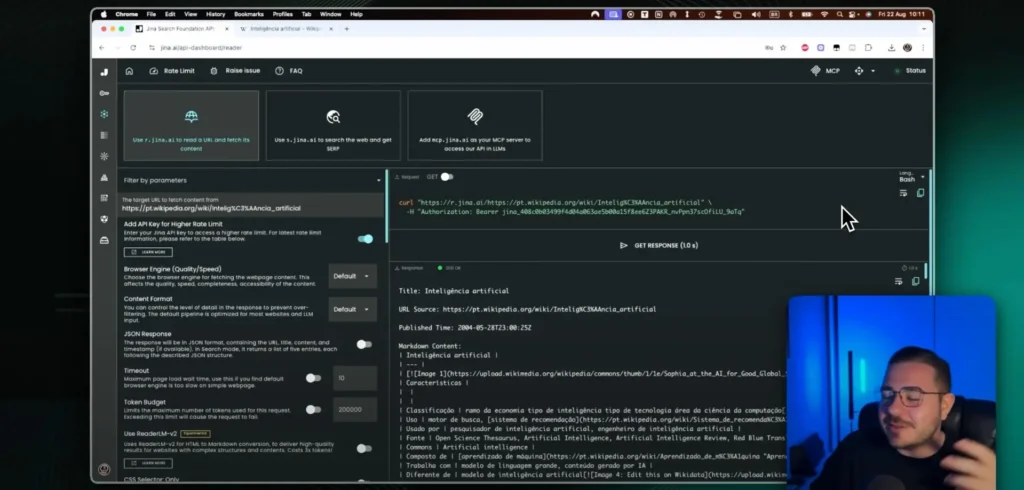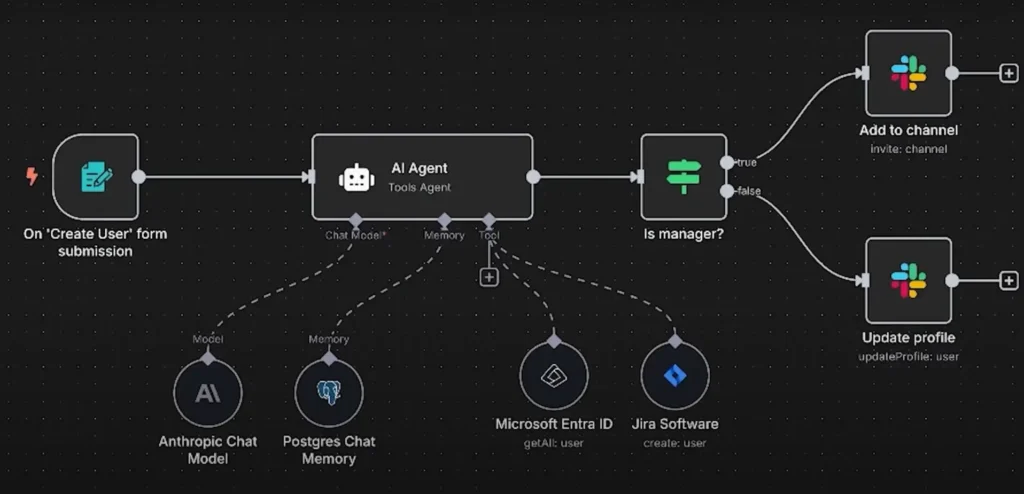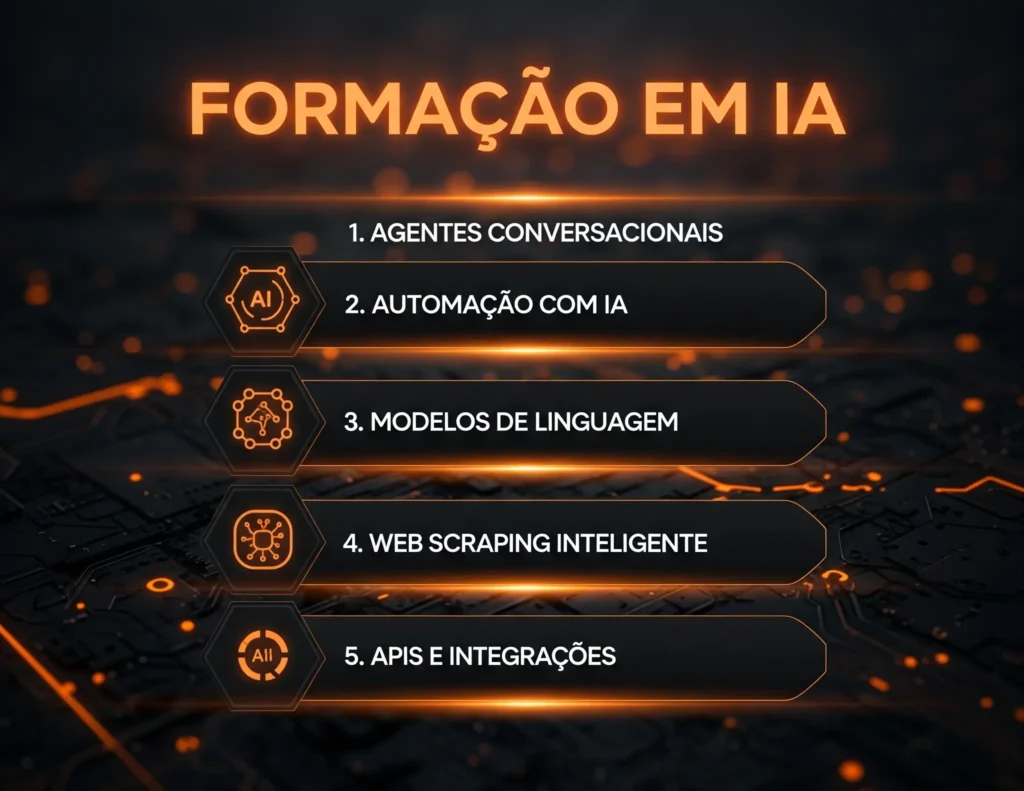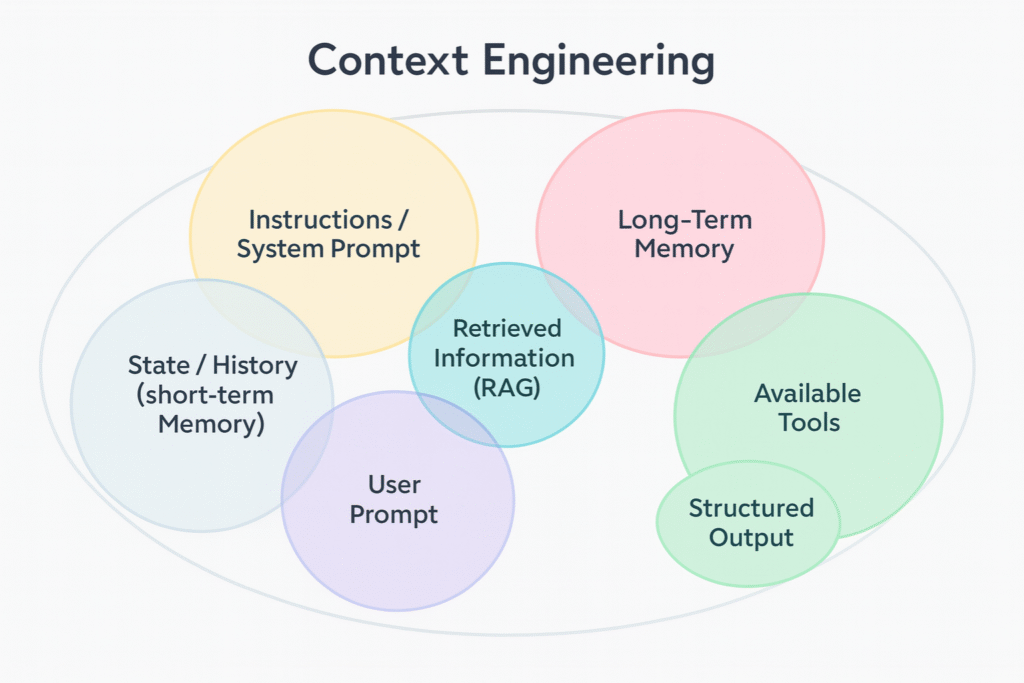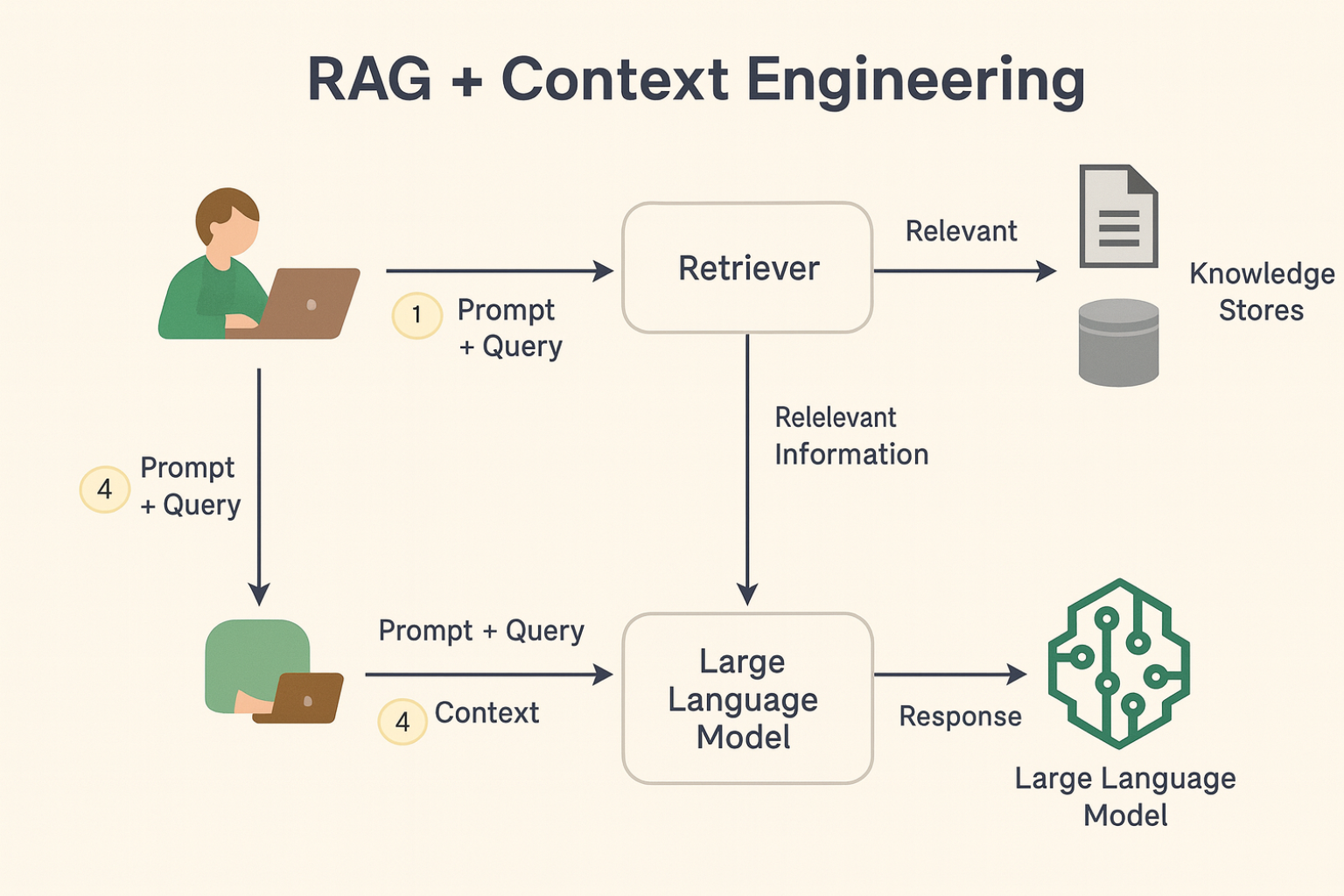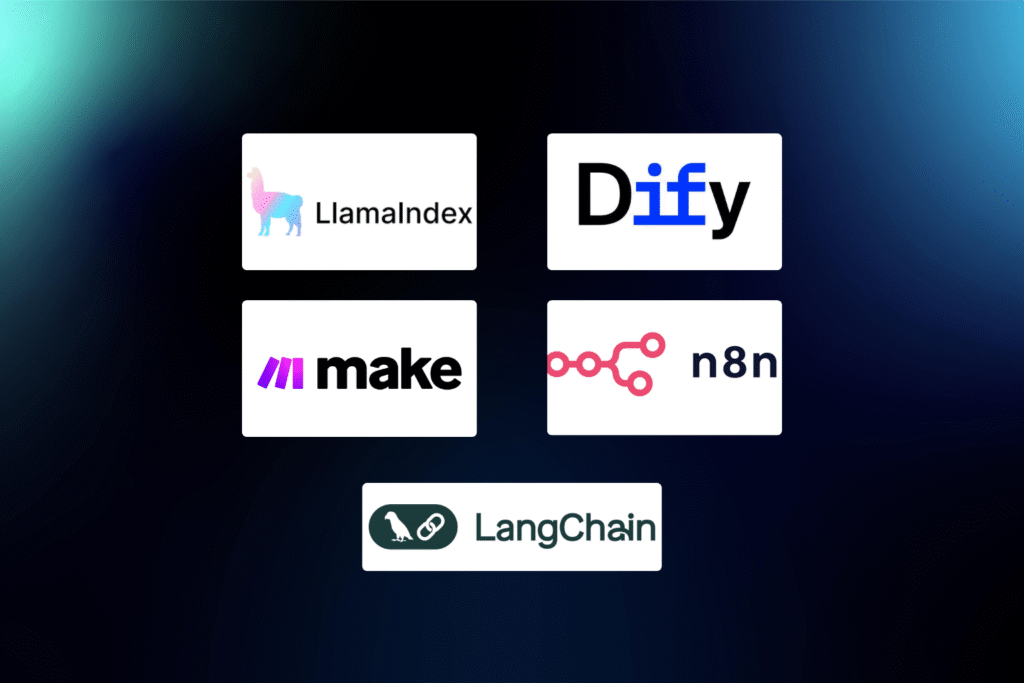In today’s rapidly evolving technology landscape, the creation of Artificial Intelligence (AI) agents and assistants is becoming increasingly accessible, thanks to the emergence of powerful tools that eliminate technical barriers. An impressive example of such solutions is LangFlow.
Essa ferramenta NoCode permite criar agentes de IA com uma interface intuitiva, sem sacrificar a flexibilidade de personalização.
Com a capacidade de adicionar códigos Python para estender suas funcionalidades, o LangFlow é uma solução ideal tanto para iniciantes quanto para desenvolvedores experientes.
The Evolution of AI Agents in the NoCode Scenario
Nos últimos anos, o desenvolvimento de NoCode tools has revolutionized the way software and automations are created. NoCode allows individuals without a technical background to create functional applications, websites and complex automations.
Following this line, LangFlow emerges as a powerful tool for the development of Artificial Intelligence agents, allowing the creation of simple agents, agents with persistent memories and even multi-agent systems using native modules.
O termo LangFlow faz uma referência ao famoso framework LangChain, que ganhou popularidade por facilitar o desenvolvimento de aplicativos de IA.
Assim, o LangChain simplifica a interação com grandes modelos de linguagem (LLMs), como o GPT, LLaMA, e Claude, integrando funcionalidades como memórias, funções de RAG (Retrieval-Augmented Generation) e chamadas de APIs.
LangFlow adds a visual abstraction layer to this framework, allowing anyone, even without programming knowledge, to create robust agents.
What are AI Agents?
Before we delve into the features of LangFlow, it is important to understand what they are. AI agents.
Basicamente, um agente de IA é uma aplicação que usa um modelo de linguagem (como GPT, LLaMA ou Claude) para executar uma série de ações baseadas em um prompt ou instrução inicial.
These agents can be integrated into systems and applications, automatically performing tasks, responding to users, or performing complex functions based on provided data.
Agents can be classified into different levels of complexity:
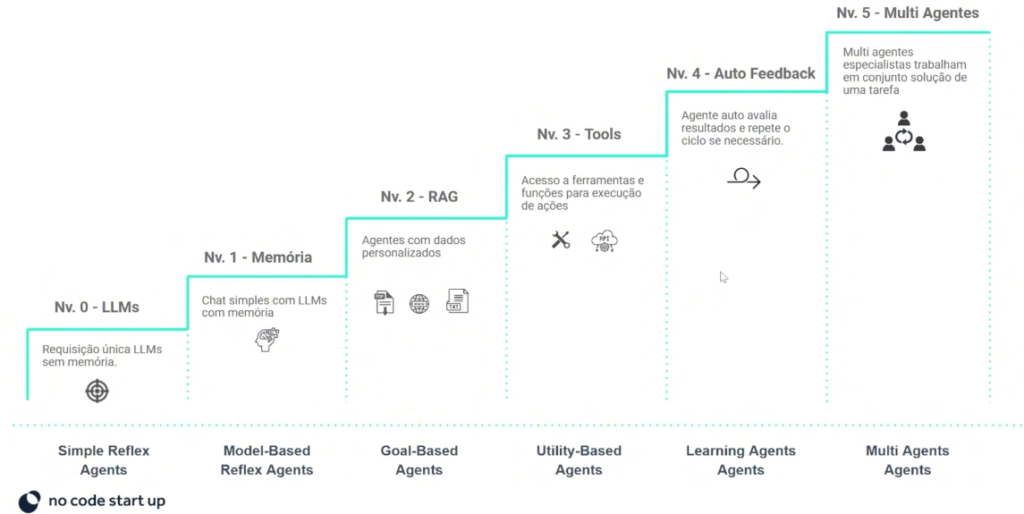
- Level Zero: agents that only interact with an LLM, without persistent memory.
- Level One: agents with memory, capable of remembering the context of previous interactions.
- Level Two: agents using RAG, combining external data to increase their knowledge base.
- Level Three: agents that make calls to APIs and can interact with other systems.
- Advanced Levels: multi-agent agents and self-feedback agents, which can perform complex tasks in a hierarchical manner.
The Potential of LangFlow in Agent Creation
A grande vantagem do LangFlow está em sua capacidade de criar esses diferentes níveis de agentes com facilidade, utilizando uma interface visual.
Imagine arrastar e soltar blocos que representam entradas de usuário, modelos de linguagem e saídas, tudo sem precisar escrever uma linha de código.
Thus, for those with technical knowledge, LangFlow still offers the possibility of customizing the code of the blocks, creating flows that are highly adaptable to the specific needs of each project.
A notable feature of LangFlow is its integration with AI models like OpenAI, Anthropic and even Azure, allowing users to choose which technology to use in each project.
Additionally, the tool also offers persistent memory functionality, allowing agents to remember the context of past interactions and improve their responses based on historical data.
The Flexibility of LangFlow
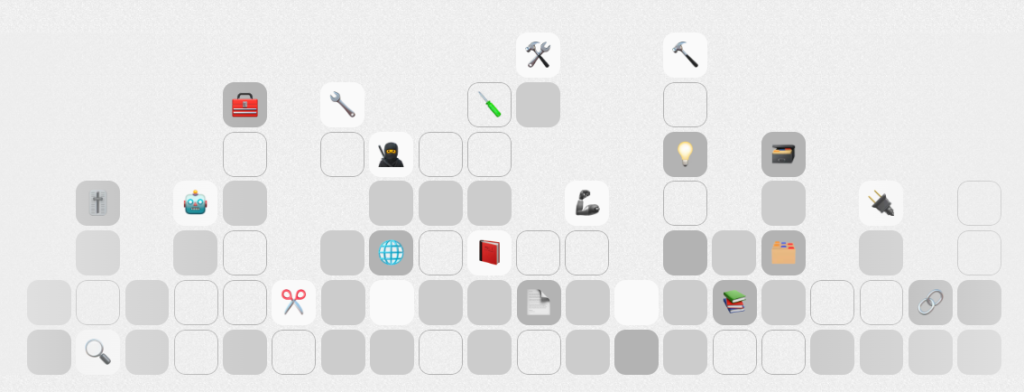
In addition to being a visual tool, LangFlow stands out for its flexibility. It allows you to select, for example, which AI model to use in each part of the process.
A clear example is the creation of agents that interact with an external knowledge base through Vector Store RAG, a process in which an agent can access vectorized data (such as PDFs or spreadsheets) to enrich its responses.
Além disso, outra funcionalidade interessante é a capacidade de criar sistemas de multiagentes. Nesses sistemas, diferentes agentes podem ser configurados para trabalhar em conjunto, executando tarefas sequenciais ou mesmo hierárquicas.
Dessa forma, cada agente pode ser responsável por uma parte específica do fluxo, o que torna possível a criação de sistemas de automação extremamente sofisticados.
Creating Your First Agent in LangFlow
For those who want to get started with LangFlow, the visual interface makes it easy to get started. A basic usage example involves creating a simple agent that responds to interactions with a language model like GPT. This flow consists of three main components:
- Chat Input: Where the user enters his message.
- Base Prompt: Pre-configured instructions to guide the agent's behavior.
- AI Model: Which processes user input and responds based on the prompt instructions.
In LangFlow, memories allow the agent to remember previous discussions, and RAG tools add external data to enrich its knowledge.
Exploring Predefined Templates
One of LangFlow's most attractive features is its predefined templates, which provide a ready-made base for creating different types of agents.
For example, one of the templates allows you to create an agent that interacts with documents, making it possible to query an entire PDF, or even create a multi-agent system that performs sequential or hierarchical tasks.
Outro template popular permite a criação de agentes com RAG, onde uma base de dados vetorial é utilizada para armazenar conhecimento adicional.
Esse template é especialmente útil para empresas que precisam de agentes que possam responder a perguntas baseadas em grandes volumes de dados.
Customization and Integrations

And despite being a NoCode tool, LangFlow allows for full customization through Python. This means that if you have programming knowledge, you can edit the code of the pre-built components or add new custom modules to expand the platform’s functionality.
For example, the agent can easily access a specific API to query external data through the tool's code interface.
Additionally, LangFlow offers a wide range of integrations with other platforms and systems. From APIs to databases, you can connect your agent to virtually any web service, further expanding its possibilities of use.
Thus, LangFlow is a powerful tool that brings the simplicity of NoCode to the world of Artificial Intelligence, allowing anyone, regardless of their level of technical knowledge, to create robust and flexible AI agents.
With its intuitive interface, the possibility of customization via Python and its advanced integrations, LangFlow positions itself as one of the most promising tools on the market.
So, if you are looking to explore the world of AI agents, whether for business automation, chatbot creation or multi-agent systems, LangFlow is a complete and affordable solution. Learn more by joining NoCodeIA Training!

